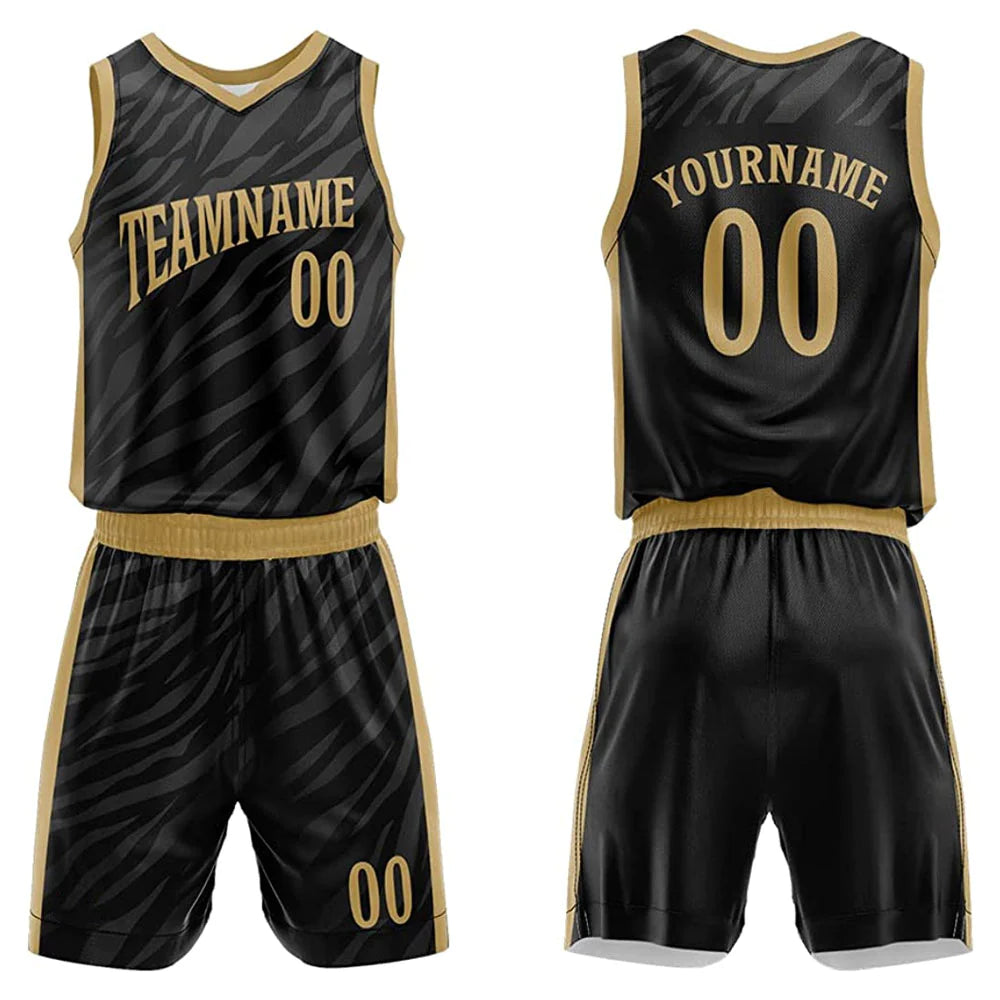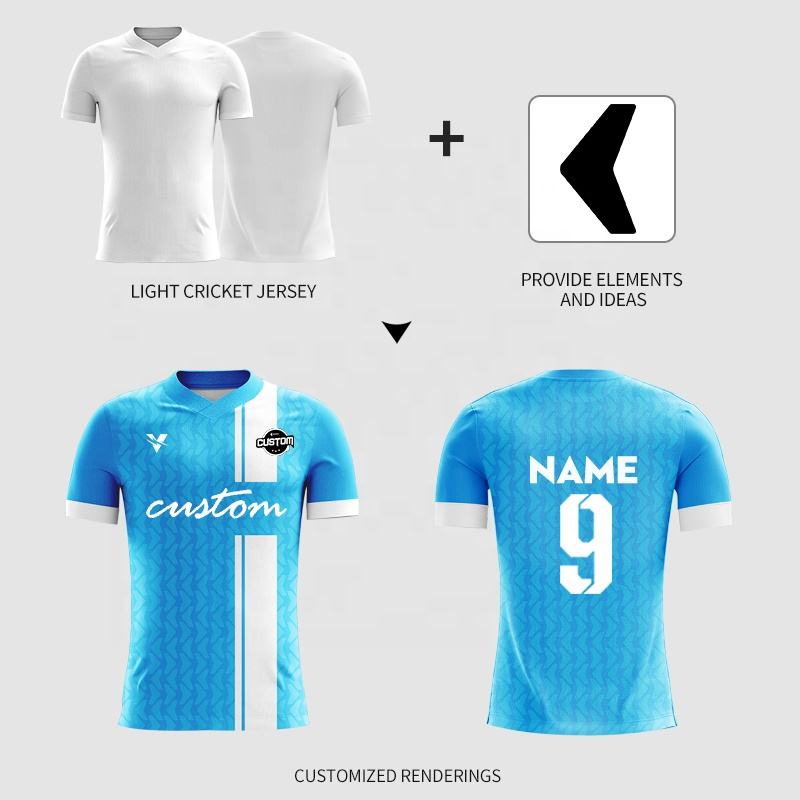French Terry vs. Fleece: Which Fabric is Right for You?
When it comes to choosing the right fabric for your clothing, it is important to consider factors such as warmth, comfort, and moisture-wicking properties. Two popular options that are often compared are French Terry and Fleece. French Terry is a type of knit fabric that is known for its looped texture on one side and a smooth surface on the other. It is breathable, lightweight, and has moisture-wicking capabilities, making it a great choice for activewear or casual clothing. Fleece, on the other hand, is a synthetic fabric known for its softness and warmth. It is made from polyester fibers and is typically brushed to create a fuzzy texture. Fleece is ideal for colder weather and can provide insulation while still allowing for breathability. Both fabrics have their own advantages, so it is important to consider your specific needs and preferences when deciding which one is right for you.
Unraveling Knit Fabrics
Understanding French Terry Fabric
French Terry fabric is known for its unique knit construction. It has loops and soft piles of yarn on one side, typically the inside, and a smooth, soft face on the other side. The looped side provides a greater surface area, allowing for excellent absorption and moisture-wicking properties. Hence, it's a popular choice for sportswear and activewear. Despite these absorbing qualities, French Terry maintains a lightweight feel, making it comfortable for wear in a variety of settings. This fabric does not just excel in functionality; it also adds a touch of casual elegance to a garment. Its smooth outer surface is ideal for detailed prints and designs, making it a favorite for fashion-forward clothing lines. It is worth noting that French Terry fabric is not exclusive to activewear; it’s also used in fashion items such as lightweight sweaters, stylish loungewear, and even high-end designer pieces. It provides a versatile choice for those seeking comfort without compromising on style or performance.

Decoding Fleece Fabric
Fleece fabric is a synthetic material that is celebrated for its exceptional warmth and softness. It is primarily made of polyester, which is then brushed to increase its volume. This brushing process creates a dense, fuzzy pile on the surface of the fabric, mimicking the wool of a sheep. This structure results in a high warmth-to-weight ratio, making fleece incredibly warm without adding unnecessary bulk. Fleece has a distinct ability to trap air in between its fibers, which is then warmed by your body heat, providing excellent insulation. Despite its warm nature, fleece is also breathable, making it suitable for layering. Its lightweight nature and breathability make it a popular choice for outdoor gear, loungewear, and cold-weather clothing. As it is a synthetic fabric, fleece also has the advantage of being resistant to moths and mildew, adding to its durability. It's important to note that while fleece provides great warmth, it also absorbs less moisture than natural fibers, making it less suitable for high-intensity workouts or humid environments.

Warmth and Comfort: A Comparative Analysis
French Terry Vs Fleece: Which Keeps You Warmer?
When evaluating warmth, it's crucial to understand that both French Terry and Fleece are capable of providing it, albeit in different ways. French Terry, with its looped structure, traps warm air, providing a degree of insulation. However, it is also breathable and lightweight, which makes it less warm than fleece. It is ideal for moderate temperatures or activities where you may sweat as it wicks moisture away from the skin.
On the other hand, Fleece, with its brushed, dense structure, is designed to keep you exceptionally warm. It traps a large amount of air, which is then heated by your body, creating an insulating effect. It is ideal for colder temperatures, providing warmth without the heaviness associated with other fabrics.
In terms of absolute warmth, Fleece would be the winner. However, it's important to remember that the right fabric for you depends on your specific needs. If you're seeking a fabric for colder environments or seasons, fleece would be the preferable option. For milder temperatures, or if you're looking for a balance between breathability and warmth, French Terry would be an excellent choice.
Practical Considerations: Moisture-wicking and Wearability
Assessing Moisture-wicking Properties
Moisture-wicking is a crucial factor, especially when it comes to activewear or clothing meant for warm climates. A fabric's moisture-wicking abilities determine how quickly sweat is absorbed and evaporated, keeping you dry and comfortable.
French Terry has an edge in this department due to its looped structure. These loops increase the fabric's surface area, enabling it to absorb and evaporate sweat more efficiently. This makes French Terry a preferred fabric for workout gear and other clothing where sweat-wicking is a vital attribute.
On the other hand, Fleece, while being immensely warm and soft, is not as efficient at wicking away moisture. Its synthetic fibers can absorb less moisture than natural fibers, making it less suitable for intense workouts or humid environments. However, it does allow some level of breathability, which can help with moisture regulation to a certain extent.
In summary, if moisture-wicking is your primary concern, French Terry would be the better option. However, if you're looking for cozy warmth, then Fleece would be more suitable, provided that you don't plan to be in a sweaty or damp environment.
French Terry and Sweatshirt Fleece in Different Seasons
The versatility of both French Terry and Fleece makes them suitable for various seasonal wear. However, their distinct characteristics make them more fitting for different times of the year.
French Terry, with its lightweight and breathable nature, is excellent for warmer months or transitional seasons like spring and fall. Its moisture-wicking properties make it ideal for those warmer days when you might perspire more. It's also a great choice for cooler summer nights when you need a light layer to keep the chill at bay.
On the flip side, Fleece, with its high warmth-to-weight ratio, is a fantastic choice for the colder months. Its capacity to provide great warmth without being bulky makes it perfect for winter wear. It's also an excellent fabric for layering, providing the needed insulation while still allowing your skin to breathe.
In essence, while both fabrics have their unique qualities that make them suitable for different seasons, the choice between French Terry and Fleece will ultimately depend on your personal needs, the climate you're in, and your planned activities.
Fabric Care and Durability
Dealing with Wrinkles: French Terry or Fleece?
When considering fabric care, wrinkle resistance is an important factor. Nobody wants to spend unnecessary time ironing their clothes, so understanding how these fabrics behave can save you effort.
French Terry, being a knit fabric, has a natural stretch that gives it a level of wrinkle resistance. While it's not completely wrinkle-proof, it does tend to wrinkle less than many other fabrics. This makes it a great option for casual wear and travel, where you need your clothes to look their best even after being packed in a suitcase.
Fleece, on the other hand, is a champion when it comes to wrinkle resistance. Being a synthetic fabric, it's designed to maintain its shape and smoothness even after regular wear and washing. This makes it ideal for items like sweatshirts or jackets that you want to keep looking fresh and new for as long as possible.
In summary, while both French Terry and Fleece are reasonably wrinkle-resistant, Fleece has the edge in this regard. However, it's always important to follow care instructions for any garment to maintain its look and longevity.
Cleaning and Maintenance of French Terry and Fleece
Understanding how to care for your fabrics can significantly extend the lifespan of your garments. Both French Terry and Fleece require specific care to maintain their look and feel.
French Terry is usually made from cotton or a blend of cotton and synthetic fibers. It's generally machine washable on a warm or cool cycle. To avoid shrinkage, it's recommended to air dry French Terry garments or tumble dry them on a low setting. Avoid using bleach as it can damage the fibers. Ironing is typically not necessary due to its wrinkle-resistant nature, but if needed, it should be done on a low setting.
Fleece, being a synthetic fabric, is also machine washable. However, it's suggested to wash it on a gentle cycle with cool water to avoid damaging the fibers. Fleece should be air-dried or tumble dried on a low setting to prevent the fabric from pilling. Ironing is not recommended for fleece as it can melt the synthetic fibers.
By following these care instructions, you can ensure that your French Terry and Fleece garments remain comfortable, functional, and stylish for a long time.







Leave a comment